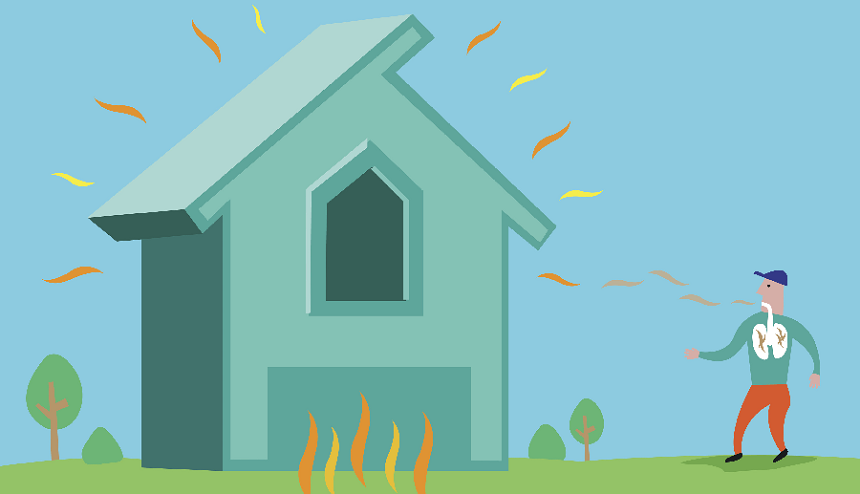Managing health and safety in your church
Keeping all those involved with your church and its activities safe is very important. Nobody wants to see anyone suffer an injury.
Managing the risk from asbestos.

Some churches and church halls may contain asbestos, particularly if they were built, refurbished, altered or extended during the twentieth century. However, this would be before the year 2000, when it was made illegal to use it in construction or refurbishment.
In churches, asbestos is typically found in heating systems, flooring or ceiling tiles, pipe organs, organ blower boxes, roofing materials and so on. More often than not, it may have been painted over or mixed with another material.
Exposure usually occurs when asbestos is disturbed, damaged or in poor condition. Therefore, those people who are most at risk are those carrying out maintenance and repair jobs.
Any work on or removal of asbestos containing materials (ACMs) should be left to specialists.
Those responsible for the maintenance or repair of non-domestic premises (including a church) have a legal duty to manage the risk from any asbestos that might be present. This is under the Control of Asbestos Regulations. Generally, these require duty-holders to:
If you are unsure whether ACMs are present at your church, you could check building plans, speak to your architect/surveyor or ask a specialist to carry out an inspection of the premises for you.
Asbestos could be present in: